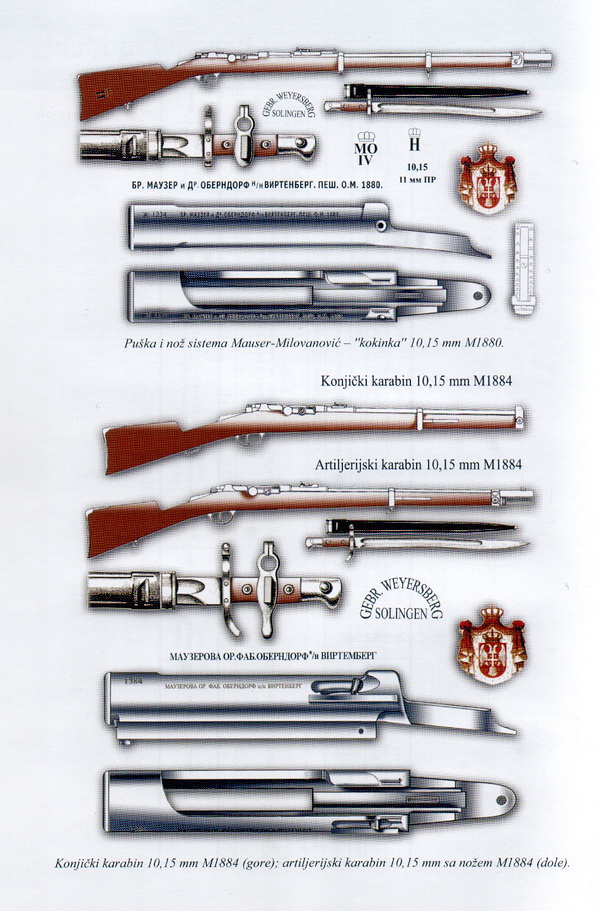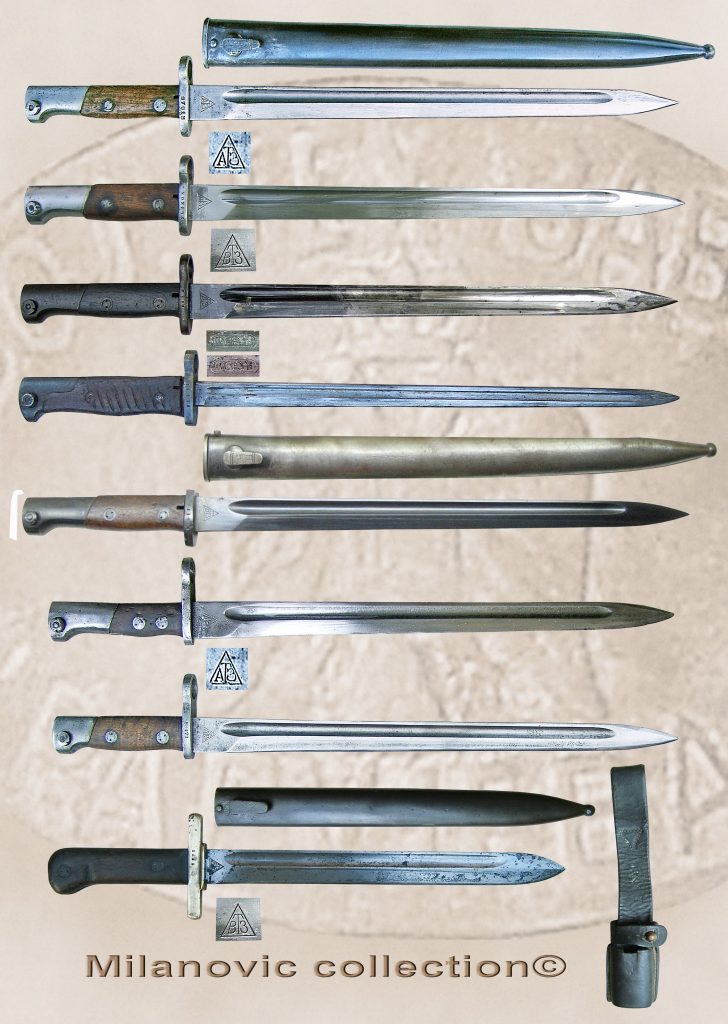Serbia
The military history of Serbia during the 19th and 20th centuries is a tale of resilience, struggle, and transformation. Let’s explore some pivotal moments:
- Serbian Revolutionary Army (1804–1817):
- In the early 19th century, Serbs fought alongside the Austrian army against the Ottoman Turks.
- The return of Ottoman rule did not quell their spirit. Led by Karađorđe, Serbs rebelled against the oppressive Janissary corps.
- Victories at battles like Ivankovac, Misar, and Deligrad marked their determination for autonomy.
- The First Serbian Uprising dissolved in 1813 after refusing Russian-Turkish terms1.
- Establishment of a Regular Serbian Force (1830):
- After the Russo-Turkish War (1828–29) and the Treaty of Adrianople (1829), Serbia regained autonomy.
- A small army emerged, bolstered by Russian support1.
- Second Serbian Uprising (1815–1817):
- Following brutal Ottoman annexation, the Second Uprising erupted.
- It aimed to free Serbia from Ottoman rule and secure its independence2.
- World Wars and Independence:
- During World War I, Serbia faced invasion but ultimately contributed to victory.
- The Kingdom of Serbs, Croats, and Slovenes (later Yugoslavia) emerged after the war.
- World War II saw German occupation and resistance movements.
- The communist-led Partisans played a crucial role in liberating Yugoslavia.
- Yugoslav Armies (1918–2006):
- Yugoslavia’s military evolved through various phases: royal, socialist, and post-communist.
- It participated in UN peacekeeping missions and maintained regional stability.
- Republic of Užice (1941):
- In 1941, communist resistance briefly established the Republic of Užice in southwestern Serbia.
- Axis forces dismantled it with pro-Axis Serbian collaboration3.
Serbia’s military history reflects its endurance, quest for sovereignty, and contributions to global conflicts.
The begining of Serbian nationality can be traced to middle ages, but in 1540 it disappeared for almost 300 years under Osmanish (Turkey) occupation. The beginning of modern Serbia dated to early XIX century. Series of uppraisals led to partial independance from Turkey in 1815. Modern national country formed for 20 years – in 1835 Serbia proclaimed constitution. The next war with Turkey came n 1876, and in 1878 Berlin Congress acclaimed independance to Serbia and Montenegro, leaving the country in prolonged conflict with Austro -Hungary about Bosnia and other lands. In 1882 Serbia became a kingdom.
Killing of prince Ferdinand in Sarajewo in 1914 has been an excuse for Austro-Hungary to claim a war on Serbia, which started WWI. The conflict cost life of 58% of male population of the country. After the war Serbia and Montenegro became a core of new Kingdom of Yugoslavia.
The most widespread rifles, and thus also bayonets, used in the country were Koka-Milovanovic rifle (clone of Mauser 1871), Mannlicher 95 and Mauser 98 clones.
Koka Milanovovic were yatagan bayonets, generally manufactured in Solingen. In my observation quality of manufacture is various. There were 3 versions: M1880, M1884 for artillery carabine (both on the drawing) and M1880/07 or M1884/07 – shortened and used mainly by gendarmerie during and after WWI – this is on my picture below.

Then there was a variety of Mannlicher bayonets for M95. I have none of them but one can look at Dennis D.Ottobre site.
And then there is also a variety of Mauser 1998 manufactured in Serbia and later Yugoslavia, in many cases for export. Thanks to courtesy of Nebojša Milanović main examples are on the picture below.

Yugoslavia bayonet
Top to bottom
Showing all 13 results











